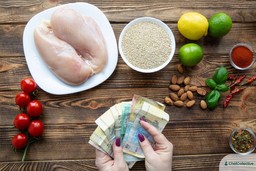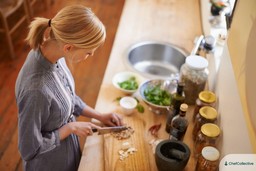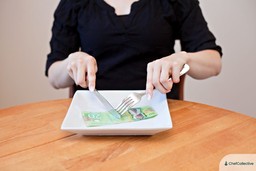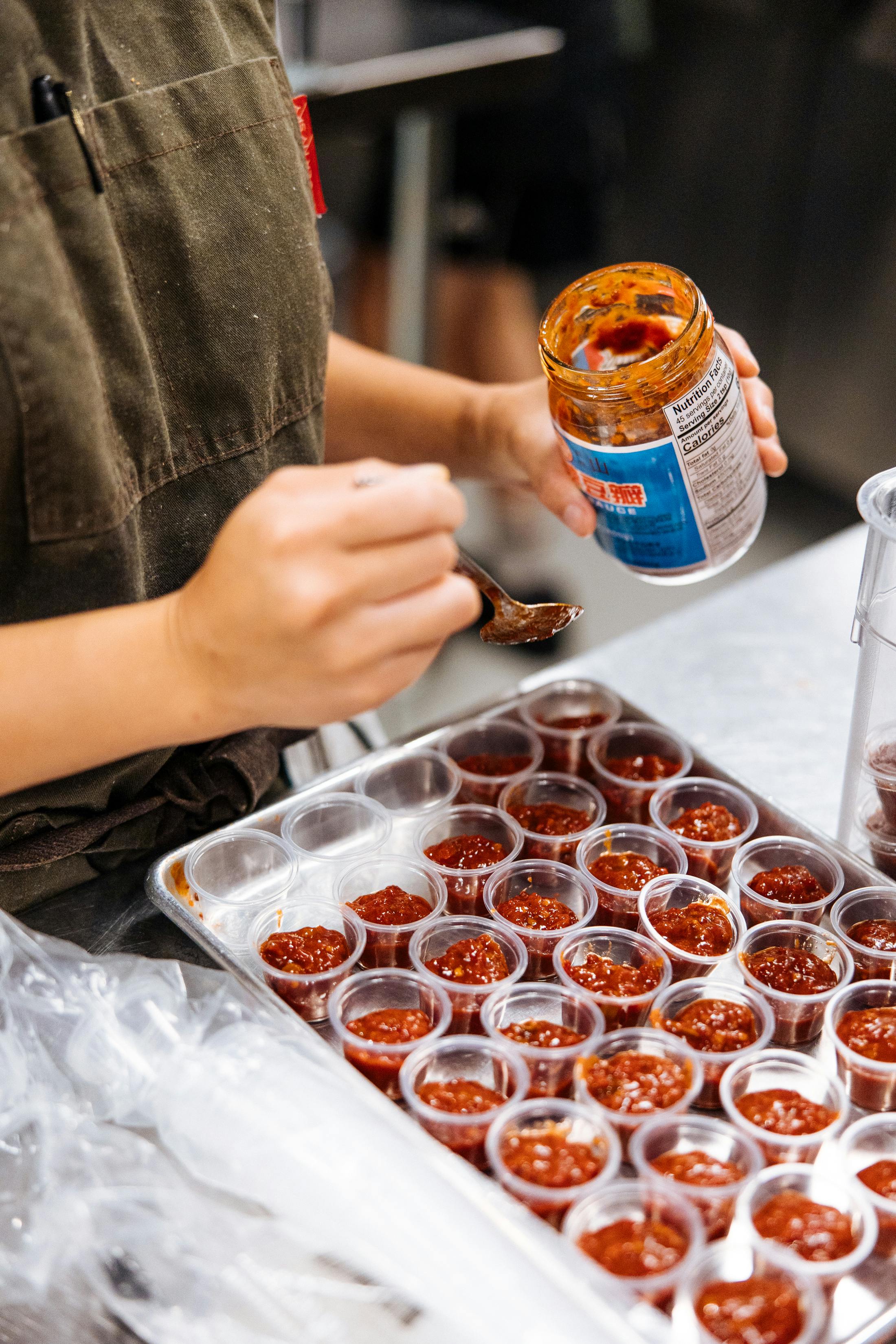There are many things that every F&B business owner must know how to do right in order to turn a profit. High up on that list is recipe costing. If you’re new to the industry or opening your first CloudKitchen® in Australia, you may be unclear about everything you need to know on this subject.
Let’s start by answering: what is recipe costing? Essentially, it’s the process used to figure out the total cost of a recipe. In other words, it’s the calculation of exactly how much your restaurant incurs to prepare and serve a specific dish on your menu. To do this, you must determine every ingredient and exactly how much of that ingredient is needed to make one portion of that particular dish.
Just think about what would happen to your restaurant’s profits if the price customers were paying for the dishes on your menu wasn’t enough to cover the incurred costs. Your restaurant would go out of business pretty quickly! Wouldn’t that be awful? That’s why we’ve put together this step-by-step guide on how to do recipe costing the right way.
Why is recipe costing so important?
Here are the main reasons why recipe costing is so critical to successful F&B business operations:
- The only way to reliably know how much your restaurant can earn per dish offered is to know the exact cost incurred to prepare that dish.
- Knowing how much your business can earn on a dish is the starting point for knowing what that particular item should be priced at. At the end of the day, you’re in business to make a profit so correct pricing is instrumental.
- Recipe costing lets you know when you need to change or reduce the costs of an item on the menu. Dishes with costs that are exceeding forecasts are a clear sign that you need to adjust the recipe to reduce the overall preparation price or possibly remove that dish from your menu altogether.
- Knowing which dishes yield a higher profit margin is extremely helpful in determining which menu items are best to offer in promotions and specials so that you can attract more customers.
Next, we’ll walk you through the exact steps to do recipe costing the right way. Keep in mind that the goal of this process is to determine how much it costs to produce one serving of a dish—meaning the cost of the actual amount of food you serve for every order of that specific item. Ready to get started?
The 5 steps of recipe costing
Step 1: Write down all the ingredients in a recipe and their quantities
Completely break down the recipe! Note down every ingredient and its exact weight and measurement. In the end, you’ll want to do this exercise for every recipe of every dish your restaurant offers.
Let’s use an example: let’s say you’re a CloudKitchen® that offers takeaway burgers and one of the delicacies on the menu is a traditional Aussie hamburger with beetroot. For this dish, you’d need to write down every ingredient of the entire recipe and their quantities—such as the type of beef for the patties (plus any ingredients used to prepare the patty like eggs, beetroot, onion, herbs and spices, etc.), the hamburger buns, plus any additional components your version includes, like lettuce, tomatoes, pickles, and so on. Do you include a special sauce with that burger? If so, calculate every ingredient of that sauce recipe too.
Step 2: Figure out the cost of each ingredient
In the second step, the goal is to determine the exact price of every ingredient you’ve purchased as a unit from the store or your preferred vendor. You’re not narrowing down to how much of that item you’re using for the recipe, but only the total price of each individual ingredient. For example, if you purchase 10kg of tomatoes at a time, you’d write down how much all those tomatoes cost you.
Step 3: Calculate the price of the portion you need of each ingredient
To calculate this properly, you must divide the amount of each ingredient used in the recipe by the total amount of the unit when purchased. You then multiply that number by the price of the entire unit. This tells you the per portion cost of each ingredient that’s used in the recipe.
Step 4: Add it together
After you have a cost for the portion of each ingredient used in a recipe, you need to add all these numbers together. The sum is the total cost incurred to produce that entire recipe.
Step 5: Determine the cost of each serving
To calculate the final cost of each serving, you divide the cost of the recipe as determined in step 4 by the number of servings that particular recipe yields.
As you can see, a miscalculation in your F&B recipe budgeting can accrue quickly and easily if you’re not careful, so you need to take proper measures when recipe costing. The good news is if you’re a CloudKitchen® owner, business operation costs are much lower than that of traditional restaurants, so you’ll automatically enjoy higher profit margins. Just make sure you sustain that advantage by nailing down your recipe costing process.
Using this data to calculate your profits
Once you know how much individual servings cost, it’s easy to perform a calculation that will quickly show you your profits. All you need to do is take the revenue you made cooking up a certain number of dishes, then subtract the total cost of what it took you to produce that same number of dishes.
Here’s a quick overview of what it all looks like:
Cost of ingredients used = (amount of ingredient used / the total amount bought) x the cost of the total amount
Cost per serving = the cost of all the ingredients used / the number of servings
Profit = (revenue x number of serving) – (cost x number of servings)
If you’re interested in opening a CloudKitchen® or want more information about potential business opportunities in Australia, don’t hesitate to reach out to us.



